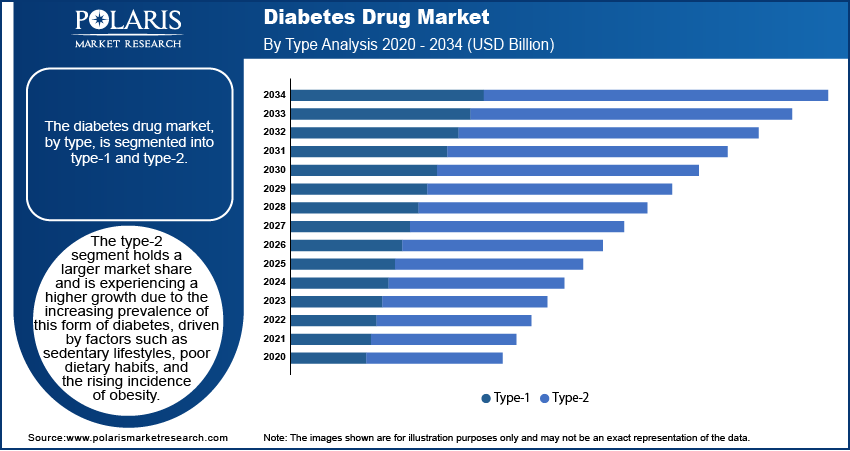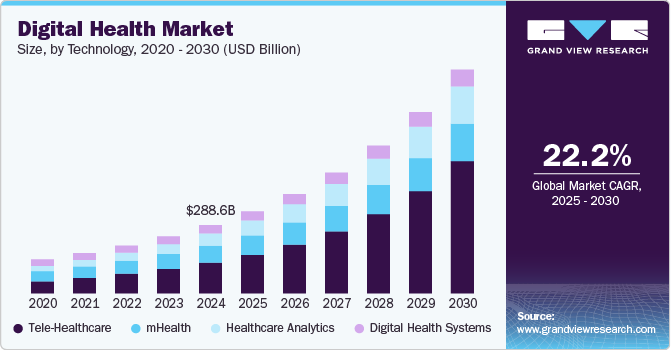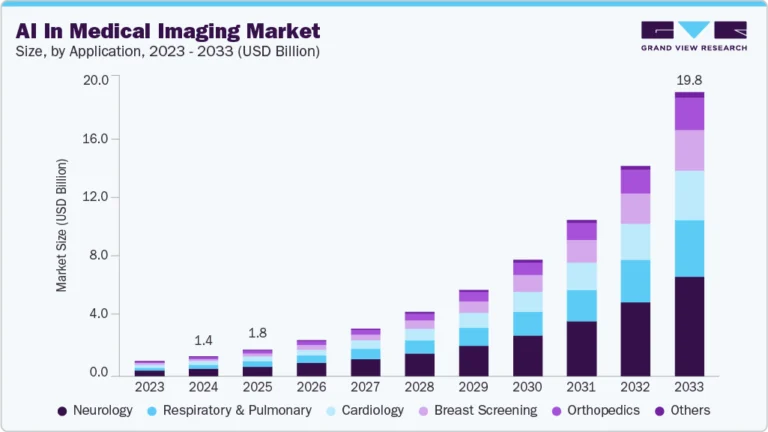Diabetes Drug Market expected to hit USD 163.79 billion by 2034, registering a CAGR of 7.0%.

The global diabetes drug market was valued at USD 83.46 billion in 2024 and is projected to grow from USD 89.09 billion in 2025 to USD 163.79 billion by 2034, registering a compound annual growth rate (CAGR) of 7.0% during the forecast period from 2025 to 2034.
Diabetes Drug Market – Trends & Insights
- Rising Adoption of GLP-1 Receptor Agonists
Glucagon-like peptide-1 (GLP-1) receptor agonists continue to gain momentum due to their dual benefit in glycemic control and weight loss, significantly improving treatment outcomes for Type 2 diabetes. - Shift Toward Combination Therapies
Fixed-dose combination drugs are increasingly preferred as they simplify dosing regimens and improve patient adherence, offering a more convenient alternative to monotherapy. - Expansion of Oral Antidiabetic Drug Segment
Advances in oral drug formulations, including SGLT2 inhibitors and DPP-4 inhibitors, are driving market growth due to their favorable safety profiles and ease of administration. - Increased Focus on Preventive and Long-Acting Therapies
Pharmaceutical companies are investing in the development of long-acting insulin analogs and once-weekly injectable drugs to reduce dosing frequency and improve quality of life for diabetic patients.
Market Size & Forecast
- Market Size Value (2025): USD 89.09 billion
- Revenue Forecast (2034): USD 163.79 billion
- CAGR (2025–2034): 7.0%
𝐆𝐞𝐭 𝐄𝐱𝐜𝐥𝐮𝐬𝐢𝐯𝐞 𝐒𝐚𝐦𝐩𝐥𝐞 𝐏𝐚𝐠𝐞𝐬 𝐨𝐟 𝐓𝐡𝐢𝐬 𝐑𝐞𝐩𝐨𝐫𝐭:
https://www.polarismarketresearch.com/industry-analysis/global-diabetes-drug-market/request-for-sample
Market Overview
The diabetes drug market is undergoing a major transformation as pharmaceutical innovation meets rising global demand for effective diabetes management. The increase in diabetes prevalence, especially Type 2 diabetes, has fueled the need for advanced pharmacological treatments that can manage blood glucose levels while minimizing side effects. Growing emphasis on holistic care, along with evolving treatment guidelines, has broadened the therapeutic landscape.
Key players are actively investing in research and development, aiming to deliver next-generation drugs with extended efficacy and reduced dosing frequency. Additionally, emerging economies are showing strong growth potential due to rising healthcare awareness, improved diagnosis rates, and expanding access to medical insurance. These factors, combined with regulatory support and strong pipeline candidates, are expected to drive sustained market expansion over the coming decade





